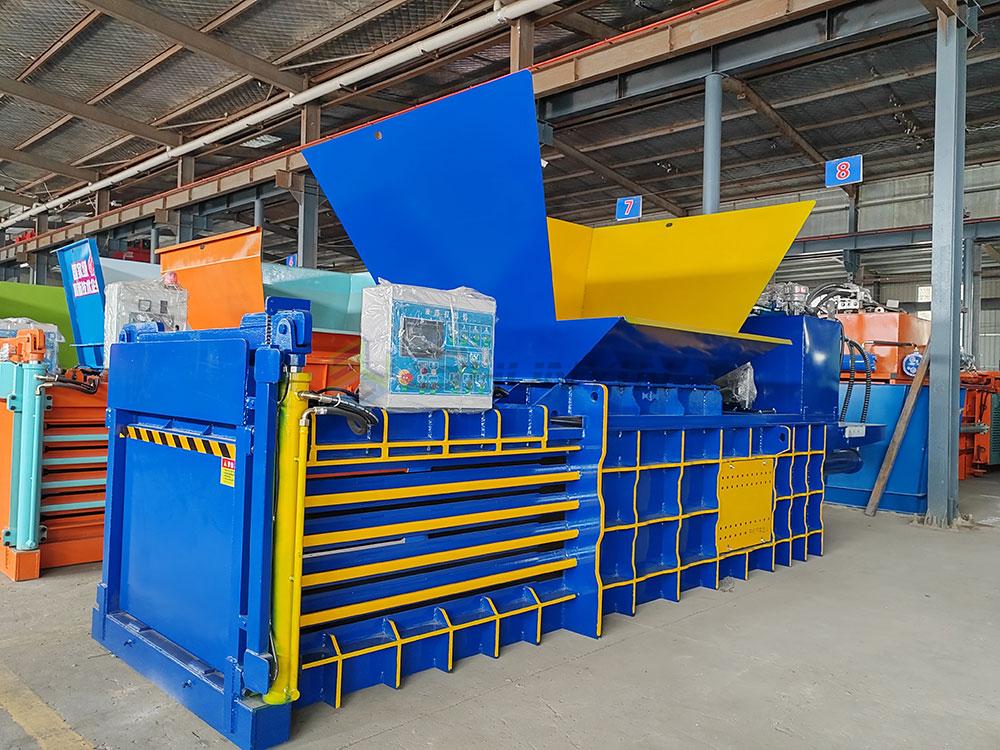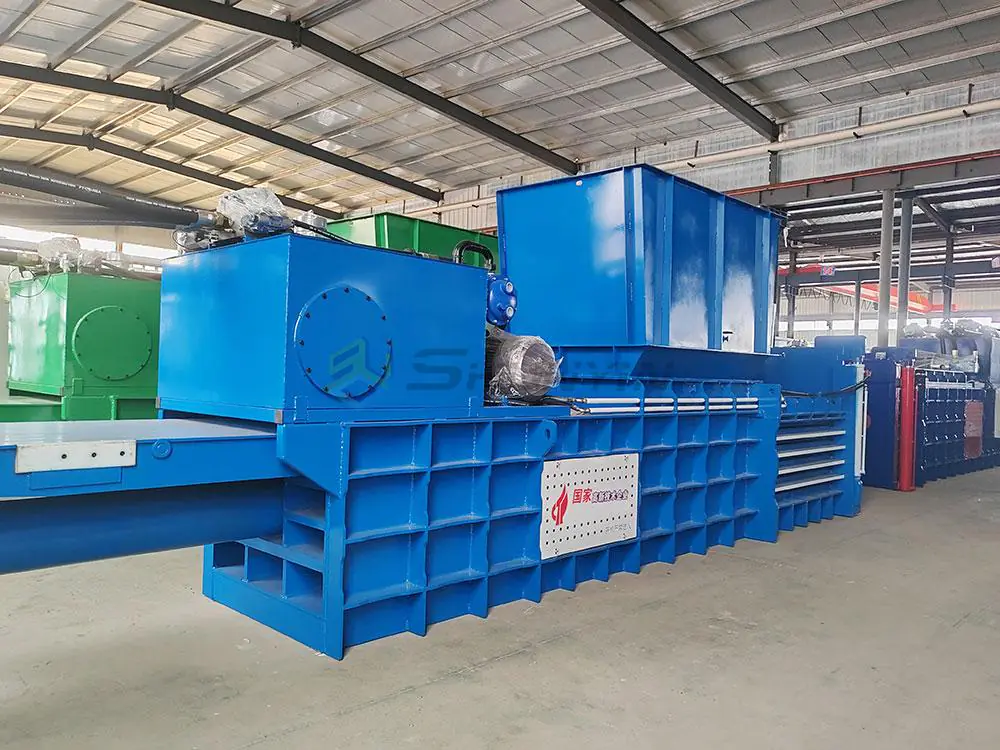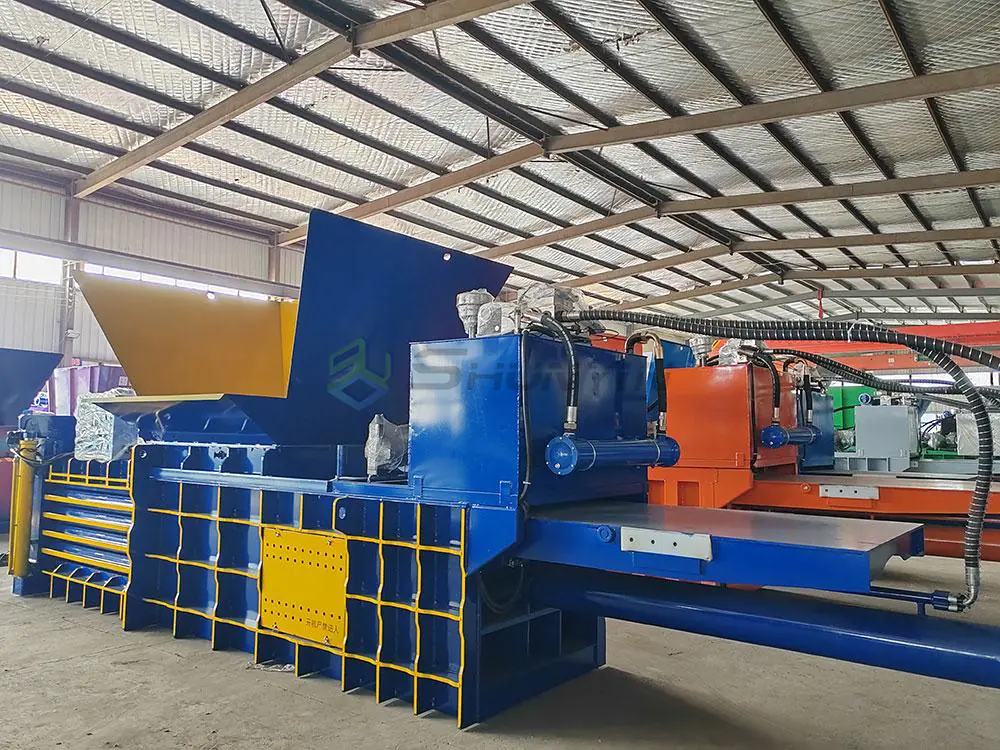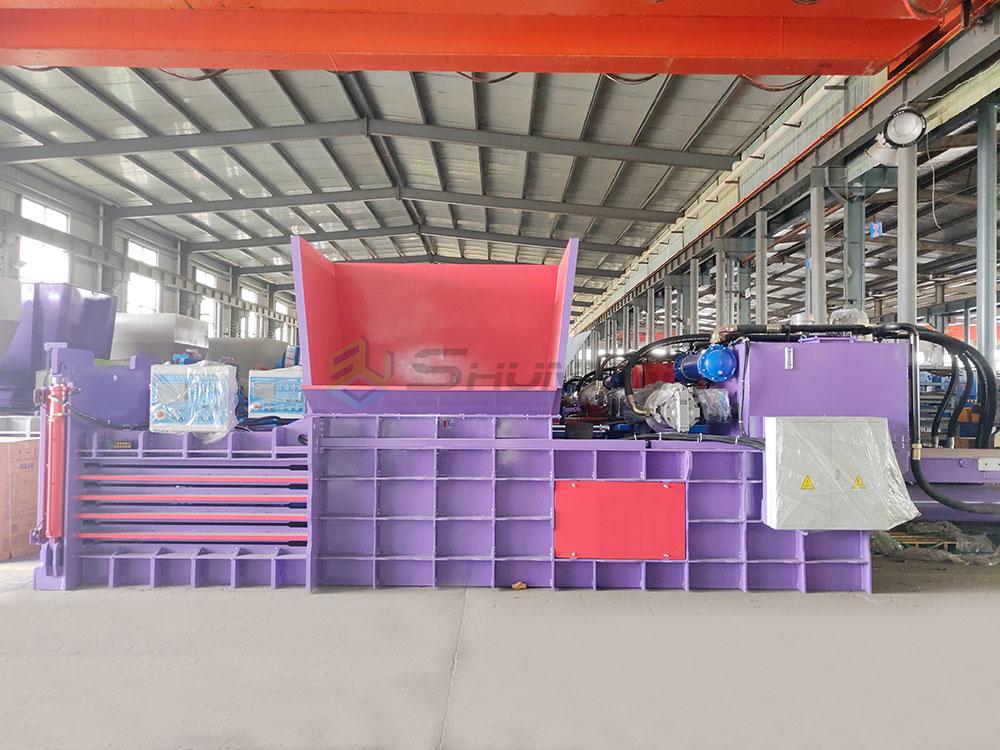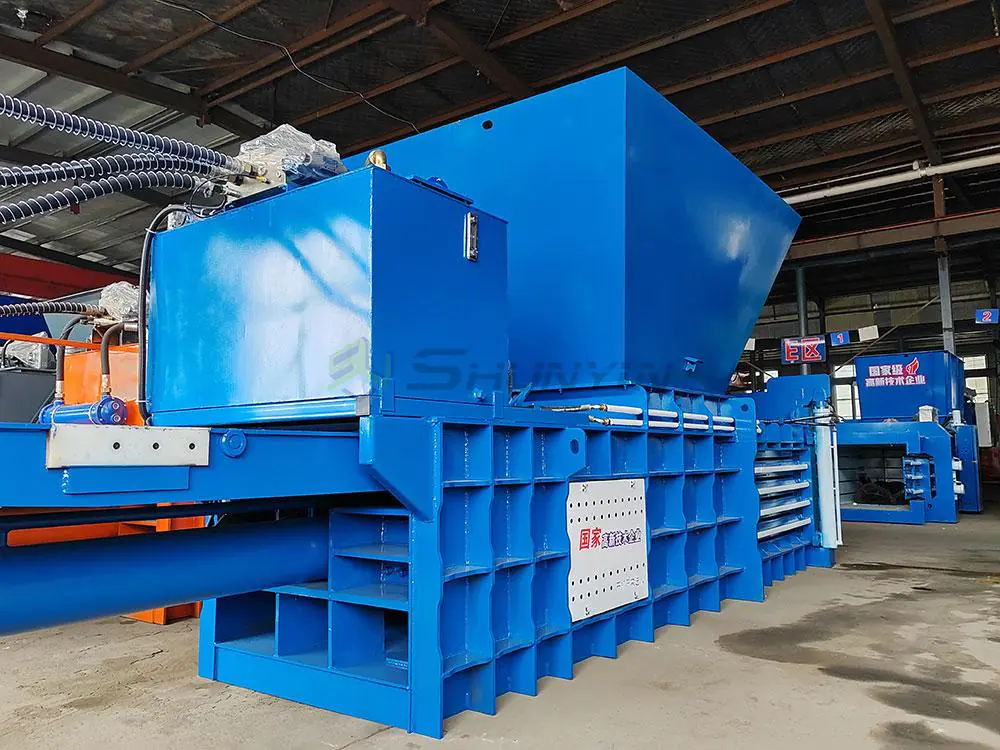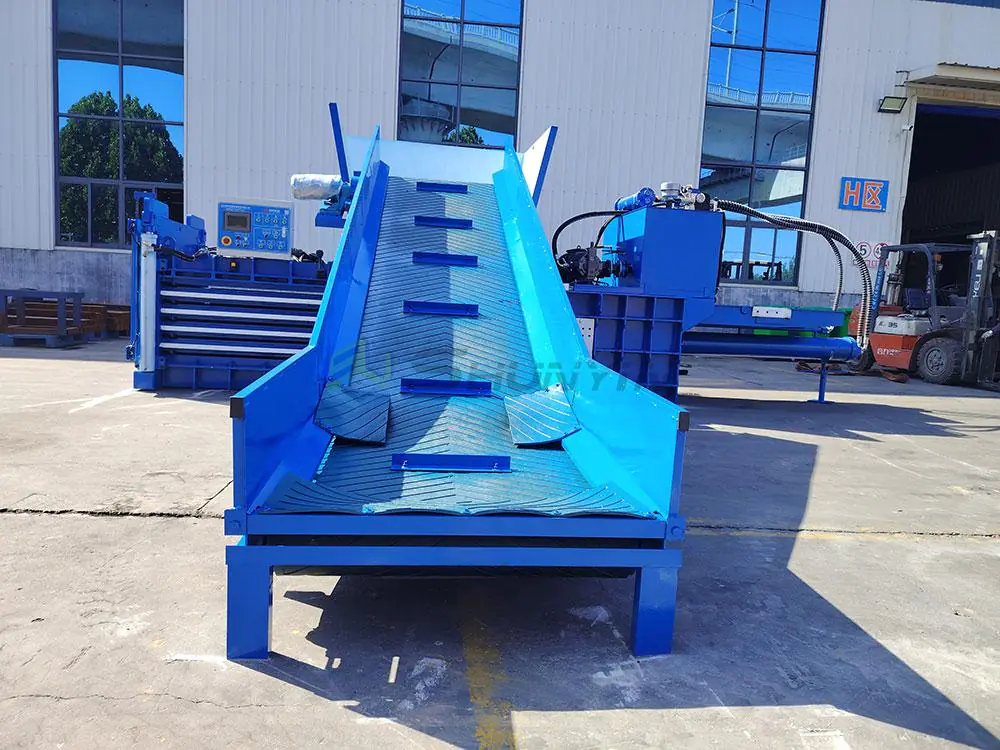
When a Seattle retailer switched from compactors1 to our SYP-770 baler, their recycling revenue jumped 164% in 8 months. Let’s decode why equipment choice makes or breaks waste profits.
Balers compress materials into transportable bales for resale ($45-$185/ton), while compactors merely reduce trash volume for disposal. Key differences: balers require 2500+ PSI pressure vs compactor’s 800-1200 PSI, create recyclable units vs compressed waste, and deliver 19-38% ROI through material recovery.
Through 68 installation projects last year, we identified five operational factors that determine which machine you need. Let’s explore through four critical comparisons.
What Are the Disadvantages of Compactors?
A Miami hotel spent $28,000/year on compactor maintenance before switching to balers2 – their solution now generates income instead of costs.
Compactor drawbacks include:
- Creates non-recyclable waste blocks
- 43% higher maintenance costs vs balers
- Limited to 3:1 volume reduction (balers achieve 5:1)
- No revenue potential – pure expense item
- Frequent fluid leaks (18% downtime average)

Cost Comparison Over 5 Years
| Compactor | Baler | Difference | |
|---|---|---|---|
| Purchase | $42k | $58k | +$16k |
| Maintenance | $31k | $14k | -$17k |
| Disposal Fees | $68k | $9k | -$59k |
| Revenue | $0 | $127k | +$127k |
| Net | -$141k | +$64k | +$205k |
Shock finding: Compactors increase total waste costs by 19% through hidden expenses. Our clients using AI-optimized balers achieve <12% downtime through predictive maintenance sensors.
What Is the Difference Between a Bailer and a Baler?
A Canadian farmer mistakenly ordered marine bailers – their "cardboard bales" dissolved in rain. Technical specs matter critically.
Core distinctions:
- Baler: 3000 PSI hydraulic press for dry materials
- Bailer: Manual pump for liquid removal (boats/tanks)

Technical Specifications Table
| Industrial Baler | Liquid Bailer | |
|---|---|---|
| Pressure Rating | 2500-6000 PSI | N/A |
| Power Source | Hydraulic/Electric | Manual |
| Output | Standardized bales | Liquid extraction |
| Certifications | CE/OSHA mandatory | None required |
Safety alert: 92% of bailers lack proper electrical certifications for indoor use. Our balers include explosion-proof options for chemical plants (request specs).
What Is the Purpose of a Compactor?
Phoenix landfills use 25 compactors1 daily – their role becomes clear in pure waste management scenarios.
Compactor functions:
- Reduce trash volume by 50-75%
- Lower dumpster collection frequency
- Contain odor in food waste
- Meet municipal size regulations

Baler vs Compactor Applications
| Scenario | Use Baler When | Use Compactor When |
|---|---|---|
| Cardboard Waste | ✔ | ✖ |
| Food Scraps | ✖ | ✔ |
| Mixed Recycling | ✔ (if sorted) | ✖ |
| General Trash | ✖ | ✔ |
Material reality: Compacted trash loses 94% resale value. Our waste audits show businesses recover 18-31% costs through balers versus 100% expense with compactors.
What Is a Cardboard Baler?
Our Montreal client processes 28 tons weekly through two SYP-660 balers – their success stems from machine optimization.
Cardboard baler essentials:
- Transforms loose boxes into 1200lb bales
- Requires 150-600 hydraulic tons pressure
- Generates $55-$185 per bale revenue
- Cuts storage needs by 83%
- Industry standard sizes: 30"x48"x60"

Density & Profit Correlation
| Bale Density (kg/m³) | Revenue/Ton | Storage Space |
|---|---|---|
| 450 | $55 | 3.6m³ |
| 680 | $88 (Our Standard) | 2.1m³ |
| 860 | $122 | 1.4m³ |
| 1000+ | $165 | 0.9m³ |
Pro tip: Our dual-platen balers achieve 30% higher densities through sequential compression. Toronto clients moved from 7 to 3 weekly shipments – saving $2,800/month in logistics.
Conclusion
Choosing between balers and compactors hinges on one question: Is your material waste or resource? Balers convert trash into assets with 23-41% ROI, while compactors merely hide disposal costs. Our heavy-duty balers process 600+ bales daily with <0.5% downtime, backed by 5-year performance guarantees.
Get your free equipment assessment – we’ll analyze your waste stream and calculate exact cost/revenue projections. Send your cardboard samples for density testing and baler recommendation today.


